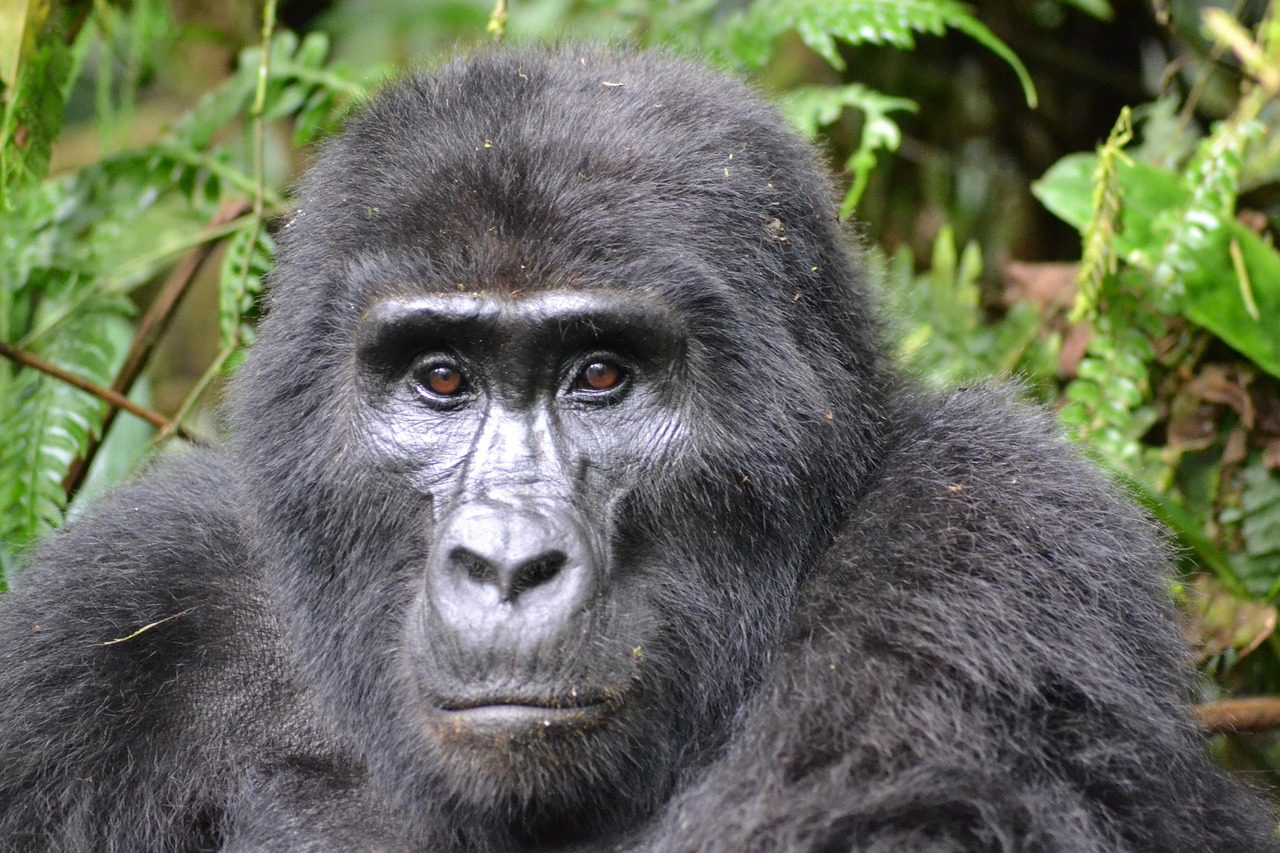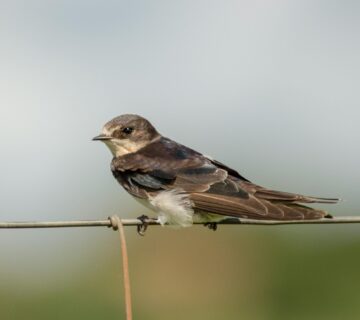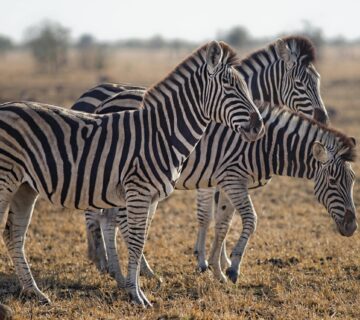Can I Stay Inside Bwindi Forest? A Magical Experience in the Heart of Nature
There are few places on Earth where nature speaks in such profound silence, and yet, in that silence, tells a story so vibrant and alive. Deep within the rolling hills of southwestern Uganda lies Bwindi Impenetrable Forest, an ancient and mist-shrouded world where time slows, and the rhythm of life beats to the sounds of chirping birds, whispering leaves, and the distant calls of wild gorillas. For many travelers, visiting Bwindi is a once-in-a-lifetime adventure. But for the curious soul, the question lingers
can I actually stay inside Bwindi Forest?
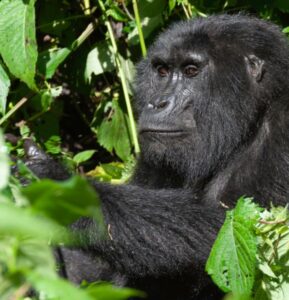
The answer is yes. And not just a plain yes, but a deeply rewarding, soul-nourishing yes. Staying inside Bwindi is not just accommodation it is immersion. It’s an invitation into the heart of the wild, where luxury and nature coexist in harmony, and every morning greets you with birdsong and mist drifting through ancient trees.
Why Stay Inside Bwindi Forest?
Staying inside Bwindi is about more than just convenience. It’s about experience. Most travelers come to Bwindi for gorilla trekking, but to stay within the forest itself is to live and breathe its essence. You’re not just visiting the forest you are becoming part of it.
Imagine waking up in your forest lodge to the earthy scent of the jungle, watching the sunlight filter through the canopy as you sip coffee on your balcony. No alarm clocks needed just the melodies of exotic birds and the distant echoes of primates calling through the trees. The connection you feel to nature here is intimate, grounding, and unlike anything you’ve felt before.
Types of Lodges and Camps Inside Bwindi
There are a variety of lodges and camps within and along the edges of Bwindi Impenetrable National Park, some nestled so deeply within the forest that they become part of the ecosystem. These accommodations range from rustic eco-lodges to luxurious retreats, offering something for every kind of traveler.
1. Luxury Lodges: These offer high-end amenities while blending seamlessly into the environment. Think private cottages with fireplaces, outdoor bathtubs overlooking the forest, gourmet meals, and personal guides. Examples include Sanctuary Gorilla Forest Camp and Bwindi Lodge. These places not only provide comfort but also offer exceptional views and close proximity to gorilla trekking starting points.
2. Mid-Range Lodges: Comfortable and charming, mid-range lodges such as Ichumbi Gorilla Lodge or Engagi Lodge offer a warm welcome, good food, and forest views at more accessible rates. They’re ideal for those seeking balance between comfort and authenticity.
3. Budget Options and Community Lodges: For the budget traveler or the one looking to support local communities, there are simpler lodges like Buhoma Community Rest Camp. These places are built with love and a deep respect for the forest and its people, offering clean accommodations, local cuisine, and heartfelt hospitality.
The Perks of Staying Inside the Forest
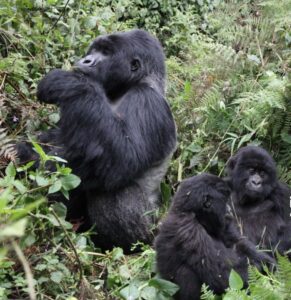
Immediate Access to Gorilla Trekking: Most gorilla trekking adventures begin early in the morning. Staying inside or near the forest gives you a massive advantage you’re closer to the trailheads. Whether you’re trekking in Buhoma, Ruhija, Rushaga, or Nkuringo sector, staying nearby means less morning travel, more rest, and a better chance to begin your day refreshed.
Nighttime Magic: While day visitors leave after their trek, those staying inside get to experience the forest after dark. The jungle comes alive with mysterious sounds, glowing fireflies, and a stillness that fills you with wonder. Some lodges even offer nature walks or cultural performances under the stars.
Sustainable Travel: Many of the forest lodges operate with sustainability at heart. By staying within or near the forest, you contribute directly to conservation and local communities. Your stay supports anti-poaching efforts, reforestation, and education for local children.
Connection to Nature: Whether it’s sipping tea on your veranda as monkeys swing through the trees, or meditating to the sound of a distant waterfall, staying inside Bwindi is an exercise in mindfulness. Here, nature is not an attraction it’s your companion.
What to Expect While Staying in Bwindi Forest
Weather: Bwindi is a tropical rainforest, so expect humid conditions and occasional rain regardless of the season. Evenings can be chilly, especially at higher altitudes, so pack warm clothing and rain gear. The mist that gives Bwindi its ethereal beauty also means damp mornings, so waterproof shoes and jackets are essential.
Electricity and Connectivity: Depending on where you stay, electricity may be solar-powered and Wi-Fi limited. Embrace the digital detox this is your chance to reconnect with yourself and the world around you.
Food and Service: Most lodges serve a fusion of local and international cuisine. Meals are often made from fresh, local ingredients. Service tends to be personalized, with staff going above and beyond to make your stay unforgettable. Don’t be surprised if you’re greeted by name or sent off with a packed lunch for your trek.
Wildlife Encounters: While gorilla trekking is the highlight, don’t overlook the smaller residents of the forest. Bwindi is a UNESCO World Heritage Site not just for gorillas but also for its biodiversity. Over 350 bird species, colorful butterflies, chameleons, and monkeys can often be seen right from your lodge.
Best Time to Stay Inside Bwindi
Bwindi is open for travel all year round, but the drier months—June to August and December to February are considered the best. During these months, trekking conditions are more favorable, with less slippery trails and better chances of clear views. That said, Bwindi’s beauty knows no calendar. The rainy season (March to May, and October to November) brings lush greenery, fewer tourists, and a deeply serene atmosphere.
Is It Safe to Stay in Bwindi?
Yes, staying inside Bwindi is safe. Lodges are well-secured, and tourism in Uganda is a vital and protected industry. Guides and lodge staff are trained to ensure your safety, both from natural hazards and in the rare event of wildlife venturing near. As with all wilderness areas, basic precautions—like staying on marked paths and listening to your guide go a long way.

